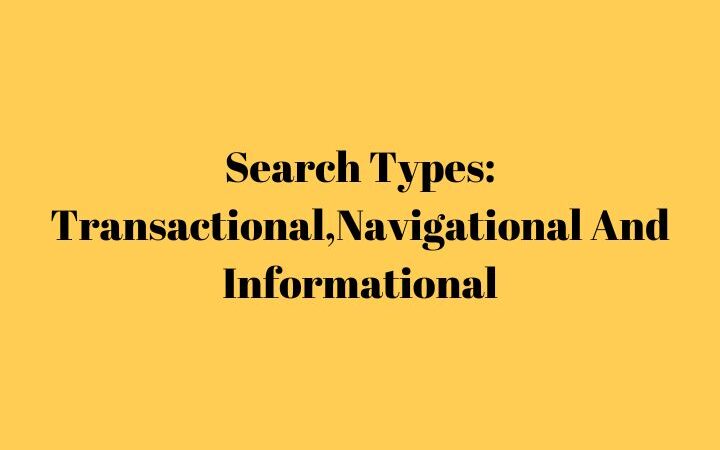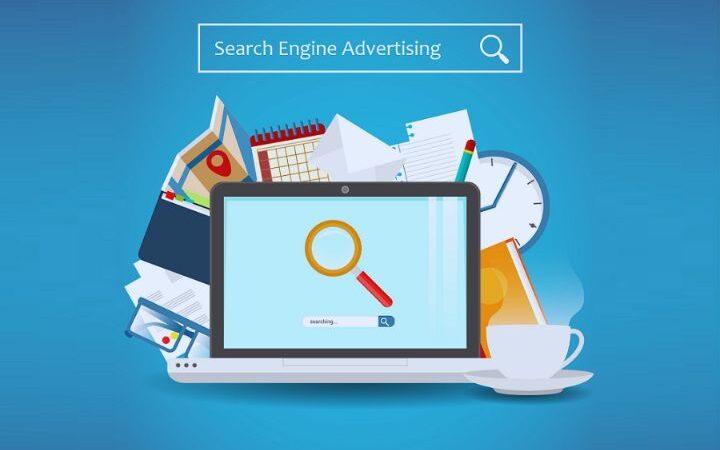Buyer Persona Marketing: Definition, Method

Buyer Persona Marketing : With the rise of inbound marketing, not to be confused with outbound marketing, the notions of persona marketing have grown considerably, so much so that the reflex of defining its typical buyer personas has become a reflex for any startup that launches, in order to optimize its communication for its ideal customer target.
Moreover, if you want to know more, find the selection of white papers on Inbound Marketing to download for free. But first, what is a buyer persona from a marketing point of view? We take stock of the subject.
Table of Contents
What Is A Buyer Persona? Definition And Origin
Origin of the term
Derived from the Latin verb “personare”, the term persona has been used for more than 20 years in the user experience. Professionals in the sector use it to make the user more concrete in their field: to give him a name and a face. Here, we are not talking about the abstract technique of the portrait-robot but about the creation of a fictitious person.
Seeing the benefits of this process, marketing people follow this idea, work on the development of a persona and its development for their sector of action.
Definition of the term buyer persona
The marketing personae is a fictitious person, created by the imagination of marketing teams, in the development of a new product or service. The buyer persona allows professionals to develop a communication plan and facilitates their segmentation of future users.
Inventing a marketing persona makes it possible to identify and distinguish the typical profile of the ideal customer to target and thus optimize his journey. Personas are not invented from scratch. They are at the database and information about the users for whom they wish to develop a product/service.
This type of ideal client has a name and is endowed with social and psychological attributes and characteristics. It can also be supplemented by a customer empathy card.
Method Of Creating Personas
When creating the buyer persona, the marketing team must distinguish the number of target segments to be identified. If there are three segments, three personas are created.
Who is your persona?
As many details as possible related to the typical customer should be known. Indeed, the personae is not simply a natural person with a surname, a first name and an age. He also has habits, lifestyle and consumption behavior. Depending on the domain, other attributes may be required to create it.
Fundamental questions must be asked in order to define the demographic and behavioral characteristics of the persona. You have to know your typical day, your expectations, what type of content you are looking for, through which channels and the keywords you use in your Internet searches.
A persona that pleases ensures success!
Personas should also be graphically designed in a clear and attractive way. A character whose name and attributes appeal to the team is more likely to be used.
The relationship between the persona and the offer must be completely logical and respond consistently to the selling points. It is important to imagine every step taken by the buyer persona in the buying process and make sure it matches the target audience.
Example of persona communication
The buyer persona must come to life in the mind of the reader when he reads his description. Its concept must stick to reality and correspond to any point of view to the product or service that the company wishes to launch. Let’s take the example of the marketing persona created by our company, specialized in new technologies.
The marketing team offers a new buyer persona: pseudo name and technology fan. He spends his days off in Mediamarkt stores and does a lot of research on the Internet to keep up with all the news. His colleagues usually ask for his opinion when they want to buy a new mobile or TV.
Mario is also a music fan. He usually listens to the radio or connects his headphones, the old-fashioned way, with his smartphone. Is Mario the perfect buyer persona for our growing business?






